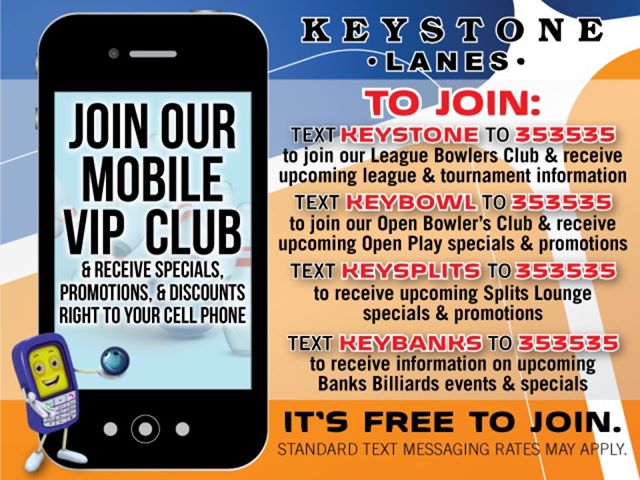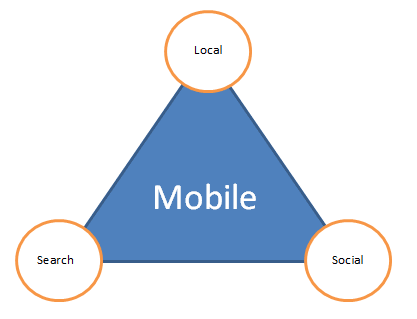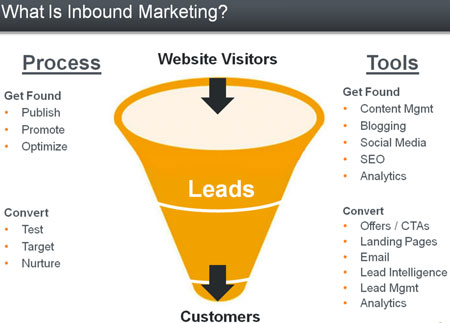Inbound Mobile Marketing
If you’re looking for more customers and more sales for your business, we’re assuming you know the #1 thing that separates a successful business from the competition, right? If you don’t, let us point it out to you. It’s simple. All it comes down to is presence. Presence, simply put, is the number of people you can reach at any given moment. In this day and age, with all of the latest trends and technologies, it is becoming harder and harder to keep growing your business without using expensive mass marketing, or outbound marketing methods. We understand that average business owners like yourself are having trouble getting your foot in the door, especially when competing with larger corporations. After all, it takes money to make money right? Well, we come to you today with a solution. A solution that will solve all of these problems that we have just discussed. This solution is inbound mobile marketing, and we’re going to show exactly how it can help you level the playing field and get your company’s foot in the door!

What you need is a direct line to your customers, a way to contact them anytime day or night. So how do you do this? Phone calls? Nope. Caller ID has done away with that. Emails? No way. People are tired of receiving spammy emails and a majority of people have spam filters set up on their email accounts. How about text messaging? Yep! Text message marketing, or SMS marketing, is part of mobile marketing, which is the fastest growing method of connecting with your leads, clients, and audience. Some may think the internet is the #1 way to communicate with your audience, when in fact, it’s not. But in actuality, mobile devices outnumber desktop computers 4 to 1! Think about it. There are 1.8 billion people surfing the internet from a desktop computer right now, but what about the people who aren’t near a computer right now? How are they accessing the internet? That’s right, 5.2 billion people have their mobile phones with them RIGHT NOW! People obviously don’t answer their emails right away, but text messages? According to multiple studies, 95-98% of people answer their text messages within 3 minutes of them arriving. So, taking into account a staggering fact like that, it is almost GUARANTEED that your message will at get read.
Once you’ve decided to launch a mobile marketing campaign, you will be able to target your SMS messages so they are specifically tailored to each individual who will receive them. With response rates ranging from 10-70 for every 100 messages sent, you can be assured that your business will not only be reaching a wider range of people than if you were using outbound methods, but your business will also assuredly grow.

So let’s take a look at how this works. The first thing you’ll want to do is build a database of contacts based on opt-ins. You can get people to opt-in to your database using incentives such as “Text MOBILE to 55555 to get 10% off your next purchase at Anchor Mobile!” You will be able to get your own short code and keyword once you decide on a service provider. Once you have people opted-in to your database, you can now text them discounts, deals, and announcements pertaining to your business. By this point, you now have a channel to communicate directly with your audience regardless of what time of day it is and where they are located. It’s like having a virtual line of people lined up outside of your establishment, waiting for you to text them the next deal so they can come in.
It’s also important to note the differentiation in costs. Outbound marketing and mass marketing methods are expensive, costly, time consuming, and it takes awhile for the effects to be felt, if they will be felt at all. With inbound mobile marketing, the effects are felt almost instantaneously. SMS campaigns will not only promote and establish a presence among your customers, but it will also help you build customer loyalty through long-lasting customer-business relationships. The best part is the longer you run an inbound mobile marketing campaign, the more efficiently it works. You presence, customer loayalty, and overall effectiveness of your campaign will get stronger over time.

Since inbound mobile marketing is gradually becoming a standard practice for all businesses, both large and small, it is imperative that you launch a campaign SOON before you get lost in all of the other companies rushing to do the same. If you start now, you can get ahead, and your campaign will be that much more effective. The more effective your campaign is, the more you reap in benefits later on. That means more presence, more loyal customers, and more profit!!!










